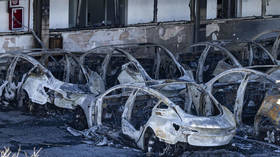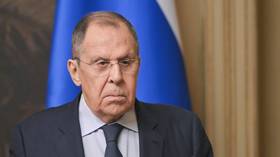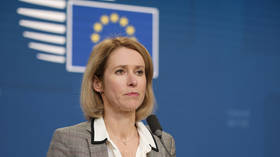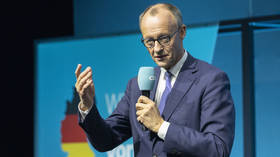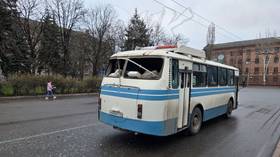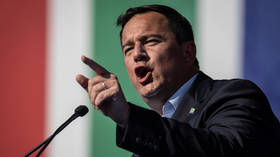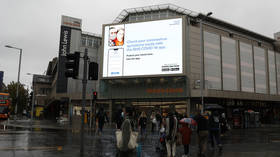There’s magic in space you can’t even imagine let alone recreate, Russian movie director who was first to shoot in orbit tells RT
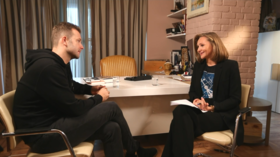
Klim Shipenko has insisted that going to space to shoot footage for a feature film was a transformational experience. There are some ideas you simply cannot come up with down on Earth, according to the pioneering Russian director.
Shipenko was part of a two-person Russian production that spent 12 days on board the International Space Station (ISS) filming scenes for the upcoming title ‘The Challenge’. The moviemaker, who had previously directed a space drama about the 1985 Soviet mission to rescue the Salyut-7 station after it became unresponsive, spoke to RT’s Saskia Taylor about how this latest professional experience differed from anything he’d ever done before.
Filming in orbit came with an obvious set of challenges, such as the shortage of hands on deck, Shipenko said. He had to take on tasks that usually require an entire crew – setting the lighting, operating the camera, and so on. Meanwhile, actress Yulia Peresild, who stars in the movie, doubled up as make-up artist and master of props. Luckily, the cosmonauts lent their help, too, playing themselves in scenes and assisting with the practicalities of the filming process.
“When I was flying around with a camera, one of them would protect me from hitting my head on a lamp or something,” Shipenko said. “That’s a problem there because, when I look into a viewfinder, I just see the viewfinder – I don’t see where I’m flying.”
That lack of spatial awareness, of course, is inherent to a zero-gravity environment and didn’t come as a surprise. After all, the ability to do with ease something no special-effects department could replicate was the main reason for going to the ISS in the first place.
“I know the limitations of what you can do even with a huge budget,” he said. “Up there, what you were trying to imitate for months… it’s just a given.”
Also on rt.com WATCH world-first Russian space movie crew's ISS mission, from launch to landing in 2 minutesThe absence of gravity actually proved to be quite inspirational, Shipenko said – more so than he had expected when planning the production. Before he’d experienced it, it was just “hard to twist [his] brain” round what he could shoot and how he could shoot it.
“Here, it’d be really uncommon if a person was standing on the wall or on the ceiling. But there, it’s very natural! Some scenes I shot in a way I realized I wouldn’t even be able to invent on Earth,” he said.
Weightlessness was not the only thing that surprised Shipenko. The natural illumination at the ISS, which undergoes regular transitions from darkness into light and back again as it orbits Earth, was both a challenge and an opportunity for the crew.
“Those transitions are really magical. It’s not just like a sunset… it’s also something hard to come up with. The sun starts changing into something like rainbow lights,” he said. “You can imitate it here, but I wouldn’t have been able to come up with it.”
The crew seized the chance to incorporate the phenomenon into the film, shooting a scene with Peresild’s character talking to Earth while floating in front of a window as the transition got underway.
Also on rt.com ‘Everything’s VERY heavy now’: Russian space film crew tells RT how it feels to be back on Earth after 12 days on ISSThe 12 days in orbit were quite intense for both Shipenko and Peresild. He even decided not to shave, so as not to waste time, and sported a beard when he arrived back on Earth. He says their positive experience proves the ISS is readily accessible as a filming set, and that he can now explain to other people in the industry what they should and shouldn’t expect from shooting up there.
Watch the full interview to learn more about the pioneering production, the personal difficulties the crew members had to deal with and when Shipenko would be ready to go to the ISS next time, if given a chance (hint: “not this week, but maybe next Thursday?”).
If you like this story, share it with a friend!



